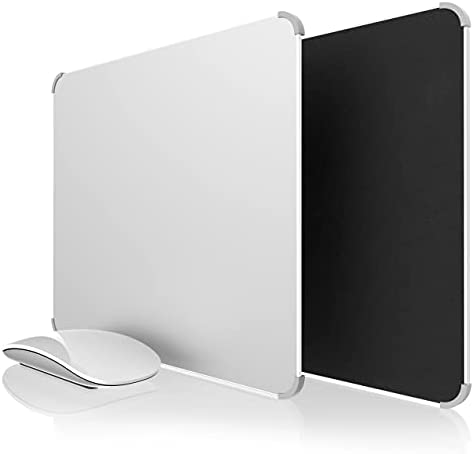Teachers using technology in the classroom have many options for speaking and listening. However, we may not often think about how students can use technology to enhance their academic writing skills.
In this week’s Teacher’s Corner, we will explore a variety of internet-based tools that students can use to support their English-language writing. From word choice to sentence structure, the tools below can assist students throughout the writing process.
Level
Intermediate to Advanced
Language Focus
Writing (primary focus); reading (secondary focus)
Goals
Teachers will learn about the following tools to support student’s writing practice:
- Graphwords to search for synonyms of commonly used English words
- Hemingway for guidance on sentence construction and clarity
- Purdue Online Writing Lab (OWL) for support on academic writing styles and referencing
Materials
- Teacher: computer, internet connection, projector (if using tools in the classroom)
- Students: computer, internet connection
Preparation
- Read through all the materials carefully.
- Explore each of the websites in this week’s Teacher’s Corner. Take time to use each of the tools to understand how they function.
Technology tool one: Graphwords
Graphwords – In American academic writing, students are encouraged to avoid using certain words that are commonly used in spoken English. For example, instead of using the word get in their academic writing, students should use words such as acquire, obtain, or receive. Knowing which synonym to use can be difficult, which is what makes Graphwords a useful writing tool.
Figure 1. A Graphwords search for the word get.
Graphwords is an enhanced version of a typical print thesaurus. Instead of looking through the book, students can enter a word into the Graphwords search box. The website will then create a web of related words color-coded by parts of speech, such as green for verbs, blue for nouns, and orange for adjectives.
The lines between words show the connections between them. In the example above, the words capture and catch are connected together and then connected to the word get, showing these words have similar meaning. For students who are more visual in their learning, Graphwords can assist them in quickly finding new words to use in their writing.
Technology tool two: hemingway
Hemingway – Of all American writers, Ernest Hemingway was most famous for his short, clear sentences. His writing style favored sentences that are direct. Many teachers in American academic writing programs also encourage this clear, direct writing, or conciseness, in their students’ writing. For many learners of English, writing concisely can be challenging, but the Hemingway writing tool can help students working to make their sentences simple and clear.
Figure 2. The Hemingway software uses color coding to highlight suggestions for clarity.
Students can copy and paste their writing onto the Hemingway website, and the software will analyze their writing style to suggest improvements. What makes the Hemingway website useful for educational purposes is that it does not correct students’ writing but only highlights writing that can be improved. The website color codes the students’ writing depending on the improvement needed. For example, passive voice verbs are highlighted in green, and adverbs are highlighted in blue. The website also provides a readability score for the writing, and sentences that are too complex or hard to read are highlighted as well to encourage students to clarify or simplify the sentence.
Technology tool three: purdue owl
Purdue Online Writing Lab – The Purdue Online Writing Lab (OWL) features an extensive list of resources for students to improve their academic writing. The website contains writing guides for students at all levels as well as a series of resources specifically for English as a Second Language (ESL) learners. The ESL homepage has a number of worksheets on English grammar, including on adjectives or adverbs, how to use relative pronouns, and using verbs as gerunds or infinitives.
Figure 3. The Purdue OWL has resources for writers of all levels.
For more advanced students preparing for academic writing in the United States, the OWL website has an extensive series of resources on avoiding plagiarism, writing within specific style guides, and a series of videos covering academic writing for ESL learners.
The OWL website also offers a list of professional development resources for teachers of ESL, including web links to professional organizations, and academic journals.
For more on writing in the classroom check out:


